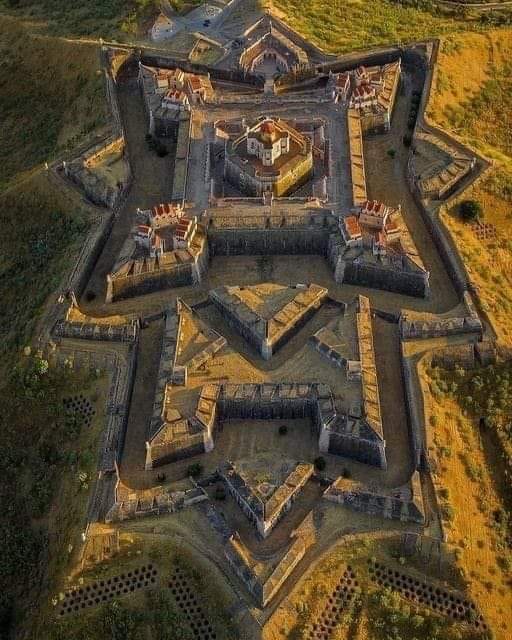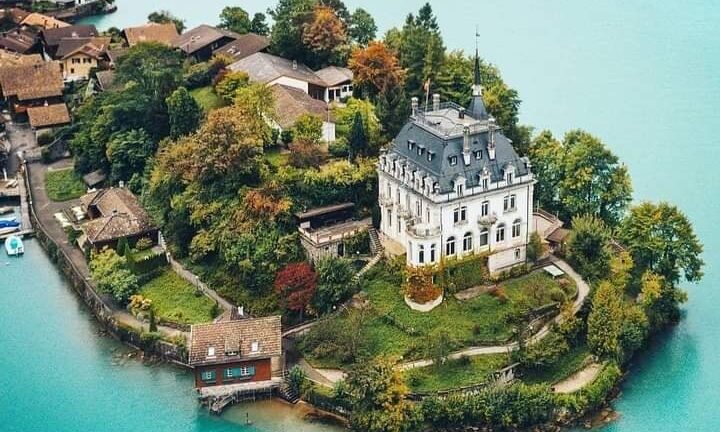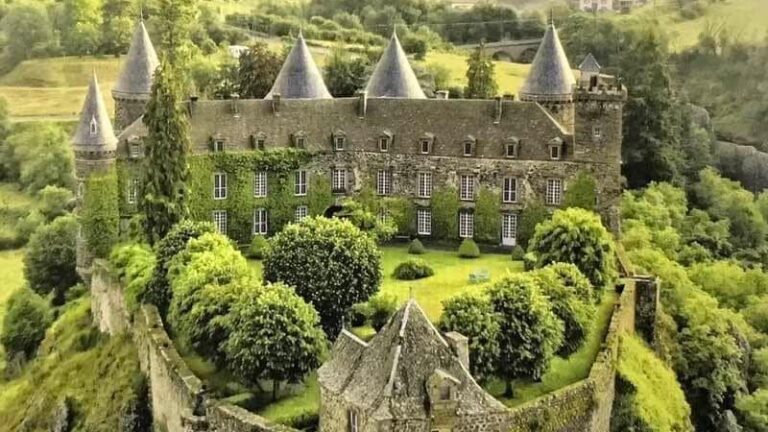The Royal Château of Blois, perched majestically above the Loire River in central France, is a stunning architectural marvel that embodies centuries of French history, art, and culture. As one of the most iconic castles of the Loire Valley, this château offers a unique glimpse into the lives of French royalty and the evolution of French architectural styles from the Middle Ages to the Renaissance.
The Château of Blois holds a special place in French history, having been a royal residence for many kings and queens. Its story begins in the 9th century, but it wasn’t until the 13th century that the castle started to gain prominence. The château we see today is the result of several expansions and renovations commissioned by various rulers, each leaving their distinctive mark on the structure.
One of the most fascinating aspects of the Château of Blois is its architectural diversity. The château’s four wings, each built in different periods, represent a chronological showcase of French architecture. The Medieval Gothic wing, built by Louis XII in the late 15th century, is the oldest part of the château and features the iconic red brick and white stone façade, characteristic of the Gothic style. The statue of Louis XII on horseback above the entrance to this wing is a striking reminder of the château’s royal significance.
Adjacent to the Louis XII wing is the François I wing, a masterpiece of early French Renaissance architecture. Commissioned by King François I in the early 16th century, this wing is renowned for its elaborate detailing, including the famous spiral staircase that opens onto the courtyard. This grand staircase, adorned with intricate carvings and sculptures, is a symbol of the Renaissance spirit that François I championed, blending elegance with innovation.
The François I wing also houses the grand halls and royal apartments, where some of the most significant events in French history took place. These rooms are richly decorated with tapestries, ornate ceilings, and period furnishings, offering visitors a glimpse into the opulent lifestyle of the French monarchy. The King’s Chamber, with its magnificent fireplace and elaborate décor, and the Queen’s Chamber, adorned with sumptuous fabrics and paintings, are among the highlights of this wing.
The château’s most dramatic wing is the Gaston d’Orléans wing, an unfinished Baroque addition commissioned by Gaston, Duke of Orléans, in the 17th century. Designed by the renowned architect François Mansart, this wing was intended to transform the château into a grand palace, but the project was halted after Gaston’s death. The result is a striking juxtaposition of the completed Renaissance wings and the stark, unfinished Baroque structure, offering a fascinating insight into the changing tastes and ambitions of French nobility.
Beyond its architectural splendor, the Royal Château of Blois is also steeped in historical intrigue. It was here that King Henry III ordered the assassination of the Duke of Guise in 1588, a dramatic episode in the Wars of Religion that rocked France during the 16th century. The murder, which took place in the château’s Council Chamber, marked a turning point in the conflict between Catholics and Protestants and underscored the political turmoil of the time.
The château also served as a favorite residence of Catherine de’ Medici, one of France’s most powerful and controversial queens. Catherine’s apartments in the François I wing are of particular interest, as they reflect her influence and the cultural exchanges between France and Italy during the Renaissance. The château is rumored to contain secret passageways and hidden doors, adding an element of mystery to its already captivating history.
Today, the Château of Blois is not only a monument to the past but also a vibrant cultural center. The château houses a museum of fine arts, which includes an impressive collection of paintings, sculptures, and decorative arts from the 16th to 19th centuries. The museum’s collection offers a rich overview of French artistic heritage, with works by artists such as Rubens, Ingres, and Boucher.
Visitors to the château can also experience its history through a series of engaging exhibits and events. The château hosts regular guided tours, allowing visitors to explore the intricacies of its architecture and history in depth. During the summer months, the château comes alive with a spectacular sound and light show, which projects vivid images and animations onto the castle’s walls, bringing the stories of its past to life in a breathtaking display of color and sound.
The Royal Château of Blois is more than just a castle; it is a living testament to the grandeur and complexity of French history. Its blend of Gothic, Renaissance, and Baroque elements makes it a unique architectural treasure, while its rich history offers endless fascination for visitors. Whether you are a history enthusiast, an art lover, or simply a traveler seeking to explore the beauty of the Loire Valley, the Château of Blois is a must-visit destination that promises to enchant and inspire.


